Endurance racing is one of the toughest tests for any car. These races go on for hours, sometimes even days. The cars must survive harsh weather, rough tracks, and high speeds. Only the strongest machines make it to the finish line.
In these races, it’s not just about going fast. The car has to be reliable and strong. If even a small part fails, the whole race can be lost. That’s why endurance racing shows which cars are truly built to last.
Many famous cars have proven their power in these long races. From the 24 Hours of Le Mans to the Nürburgring 24, these events push both man and machine to the limit. They are the ultimate test of performance and durability.
Winning or even finishing an endurance race is a big achievement. It shows the car can handle pressure, heat, and long hours on the road. These races are not just about speed—they’re about survival, strategy, and stamina.
Some cars become legends because of their success in these events. They earn respect not just from fans but also from car makers. These victories often lead to better technology and stronger road cars for everyday drivers.
From classic legends to modern beasts, each car on this list has earned its place. They have shown the world what real endurance means. These machines are built with passion, skill, and a lot of heart.
10) Jaguar XJR-9
The Jaguar XJR-9 is one of the most beautiful and powerful endurance race cars ever made. It had a bold design and wore the famous purple and white Silk Cut livery that made it stand out on the track.
This car was built as an improvement over the older Jaguar XJR-8. Engineers focused on making it faster and better suited for the most demanding races.
Under its sleek body, the XJR-9 had a massive 7.0-litre V12 engine. This engine gave it incredible speed and a deep, powerful roar that fans loved to hear during races.
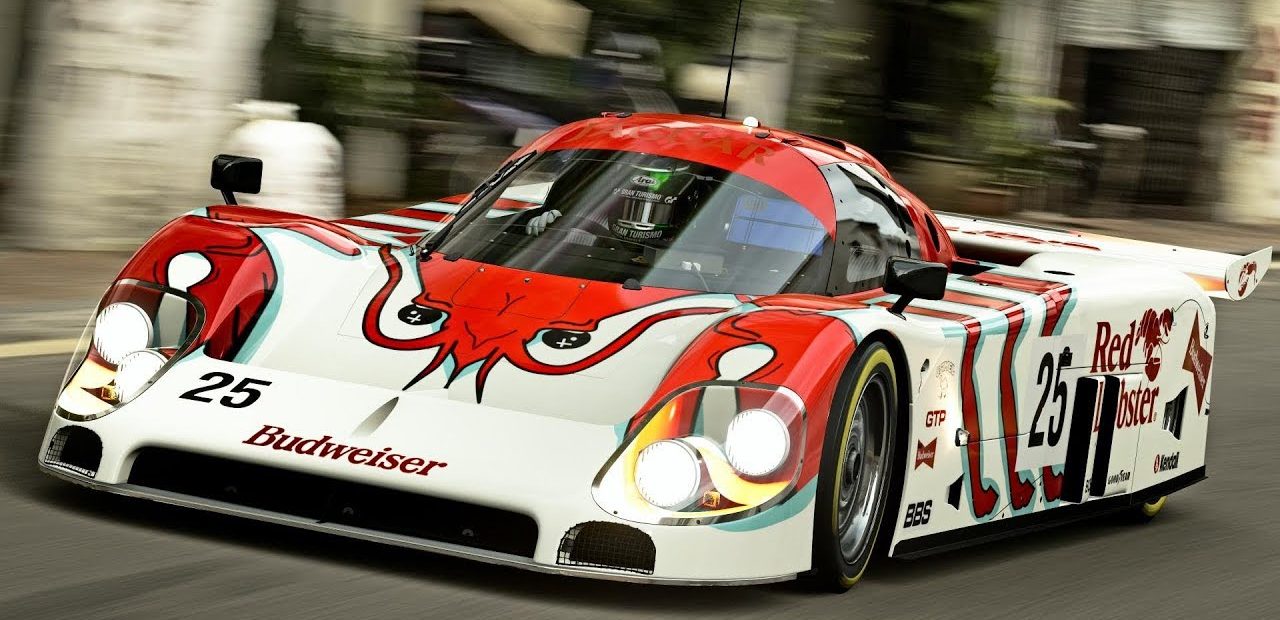
Despite its size and power, the car was very light, weighing only 893 kilograms. This made it fast in corners and helped with fuel efficiency, which is important in endurance races.
Jaguar made a special version of the XJR-9 just for the 24 Hours of Le Mans. This version had lower drag to help it go faster on the long straights of the Le Mans circuit.
The XJR-9 made a strong debut at the 1988 24 Hours of Daytona. It won the race, proving it was ready to take on the world’s best endurance cars.
Later that same year, it also won the 24 Hours of Le Mans. This was a big victory for Jaguar, as it was their first Le Mans win since 1957.
The car didn’t stop there—it also won five other races Sports Prototype Championship that year. These wins helped Jaguar take both the team and driver championships for the season.
Even though the XJR-9 had a great year, racing technology was moving fast. By the middle of the 1989 season, Jaguar replaced it with the newer XJR-10 model.
Also read: 10 Affordable Sports Cars with a Thrill on the Track and Practicality for Everyday Driving
9) Ford GT40
The Ford GT40 is one of the most famous and good-looking endurance race cars ever built. It had a low, wide design that looked aggressive and fast from every angle.
While the car looked great in any racing colors, it became truly iconic in the blue and orange Gulf livery. These colors helped the GT40 stand out and became a symbol of racing history.
The GT40 wasn’t just about looks—it was built with a purpose. Ford created it to beat Ferrari at the 24 Hours of Le Mans after a failed deal between the two companies.
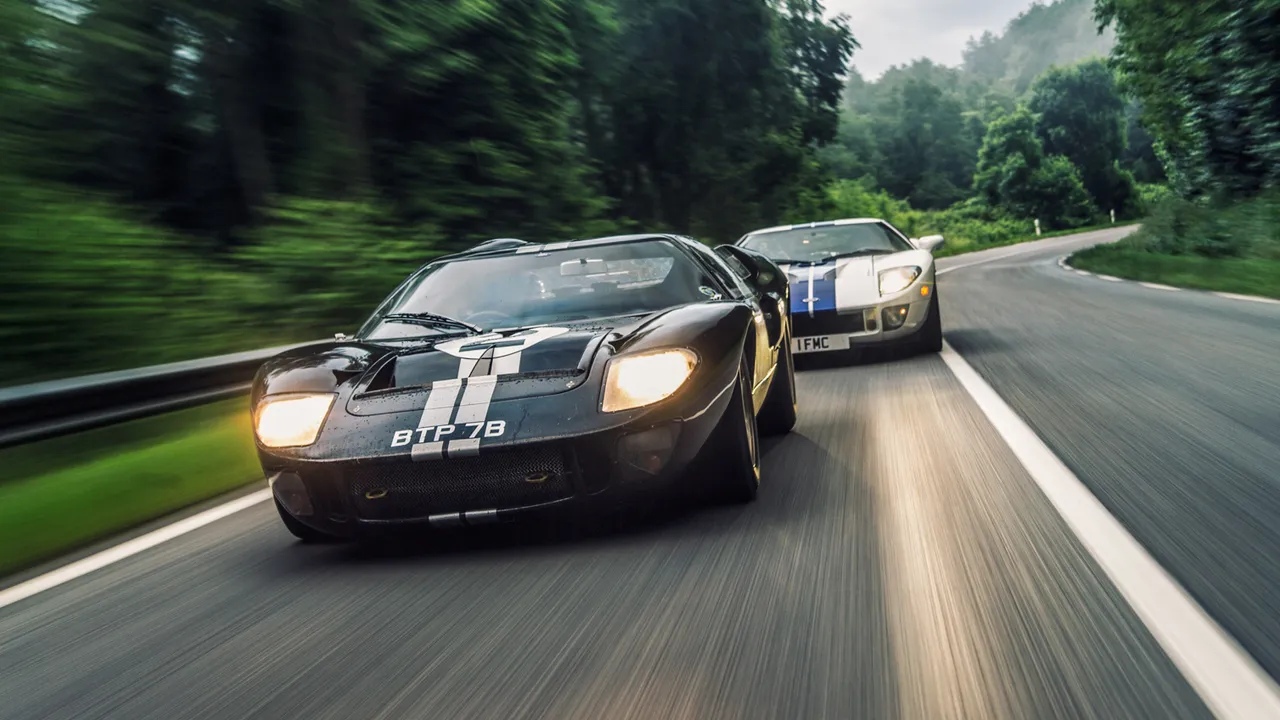
Ford was determined to take the top spot at Le Mans, and the GT40 was the result of that mission. The car was named GT40 because it stood just 40 inches tall.
The GT40 was a game-changer in endurance racing. It dominated Le Mans, winning four years in a row from 1966 to 1969.
Different versions of the GT40 were used in these races, each improved from the last. These cars showed Ford’s commitment to performance, durability, and winning.
The 1966 win was especially important—it was the first time an American manufacturer had won Le Mans. Ford didn’t just win; it finished first, second, and third that year, making history.
Only 107 GT40s were ever made, which makes them rare and valuable today. These cars are now collector’s items and are celebrated at car shows and racing events.
The GT40 became a symbol of American power in international motorsports. It proved that a determined team with the right resources could take on the best.
8) Mazda 787B
The Mazda 787B is one of the most eye-catching and unique endurance race cars ever made. Its bright orange and green livery made it instantly recognizable to fans around the world.
This car didn’t just look bold—it sounded different too. It used a powerful 700-horsepower four-rotor rotary engine that gave it a high-pitched, screaming sound unlike any other race car.
Mazda raced the 787B in several major competitions, including the World Sportscar Championship and Japan’s All Japan Sports Prototype Championship. But its most famous moment came at the 24 Hours of Le Mans.
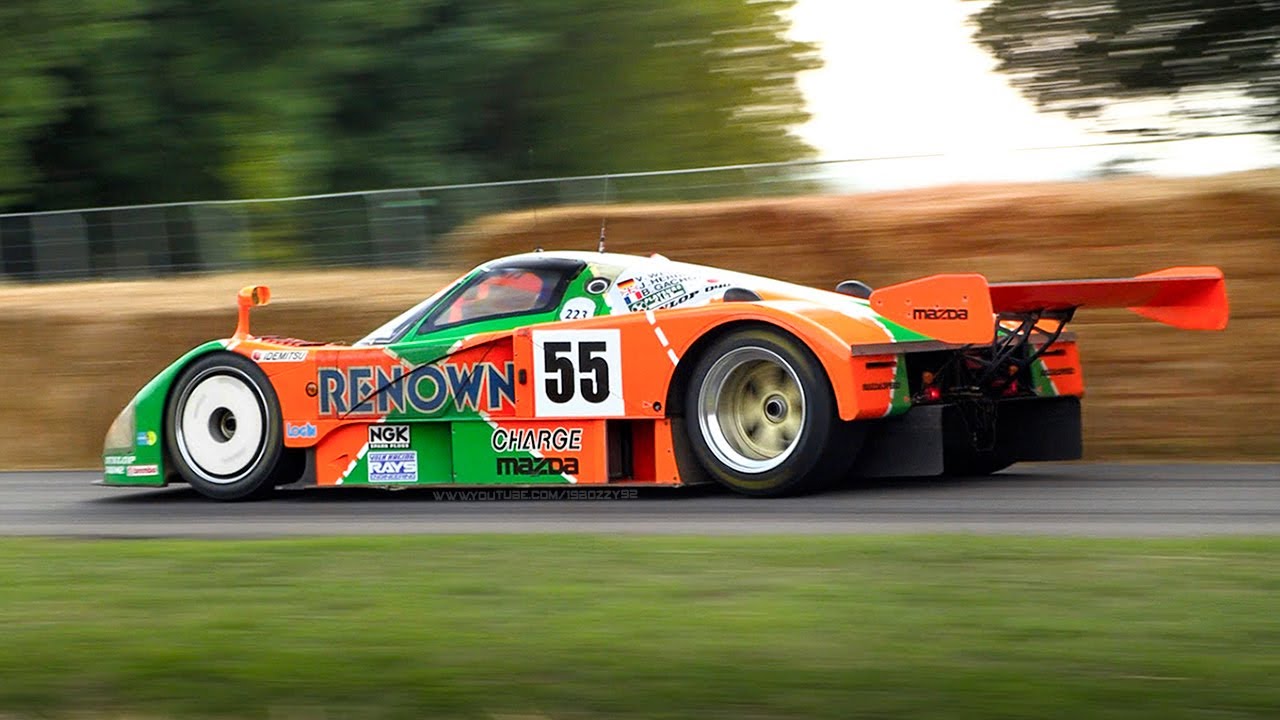
In 1991, the 787B became the first and only rotary-powered car to win the 24 Hours of Le Mans. It was also the first win by a Japanese manufacturer in the history of the race.
Many people doubted the rotary engine’s ability to last such a long and tough race. But the 787B proved everyone wrong with its amazing reliability and consistent performance.
The car didn’t have the biggest engine or the fastest top speed. What made it special was its smooth power delivery, lightweight design, and excellent handling.
Its success at Le Mans wasn’t just a lucky win—it was the result of years of hard work and innovation. Mazda had been racing rotary engines for years and used everything they learned to build the 787B.
After its big win in 1991, new rules banned rotary engines from future Le Mans races. This made the 787B’s victory even more special, as no car like it could race again.
The 787B was retired after its historic win, but its legend lives on. It still runs in special events today and always draws cheers when that unique engine sound fills the air.
7) Porsche 962
The Porsche 962 is one of the most successful and long-lasting endurance race cars in history. It had a sleek, low design that made it look fast even when standing still.
This car was first introduced at the end of 1984 and quickly began making headlines. What made it special was how long it stayed competitive in top-level racing.
Most race cars are replaced every few years, but the 962 kept going strong well into the 1990s. Its design was so good that teams continued to race and win with it for nearly a decade.
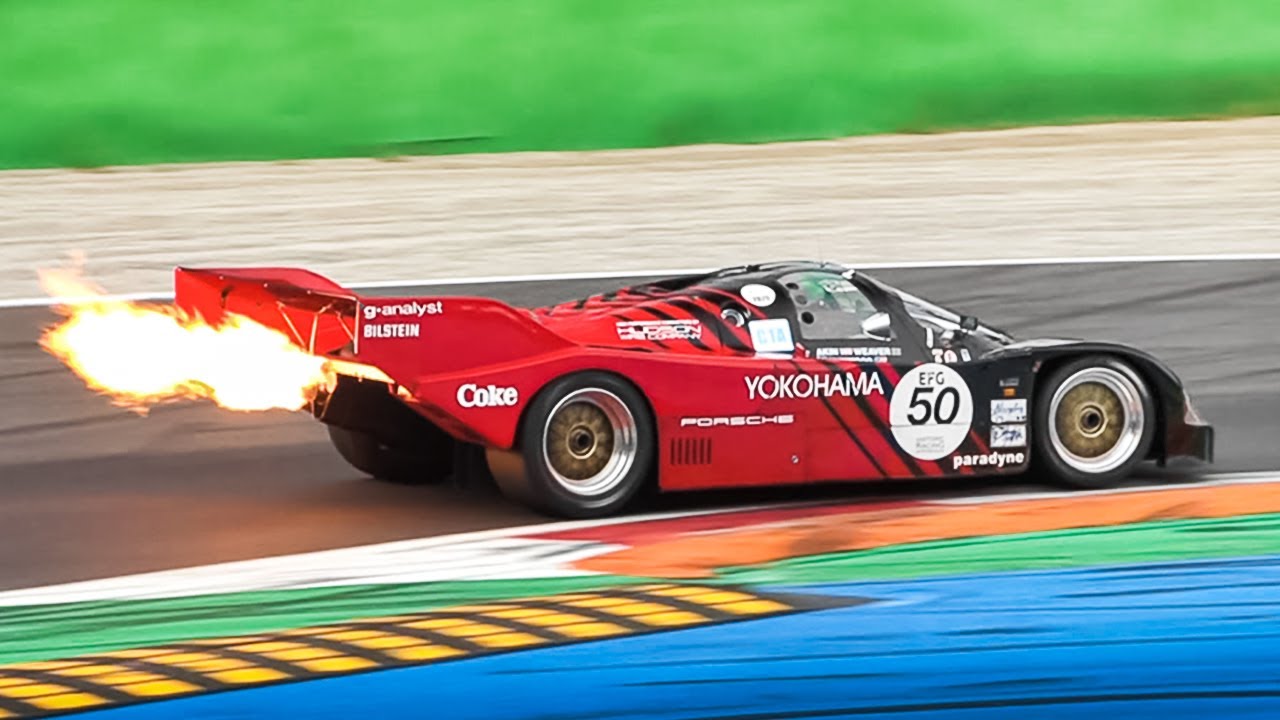
Porsche built the 962 not just for its own factory team, but also for private racing teams. These customer teams were able to buy the car and compete with great success.
The 962 won the 24 Hours of Le Mans in both 1986 and 1987. These victories added to Porsche’s reputation for building strong and reliable endurance machines.
Even after Porsche stopped racing it directly, the 962 kept going thanks to creative teams and drivers. In 1994, Jochen Dauer modified a 962 and entered it at Le Mans as a road-legal car.
To everyone’s surprise, that version of the 962 won the 24 Hours of Le Mans again. This unusual win showed how advanced and capable the car still was, even years after its debut.
Beyond Le Mans, the 962 also claimed victories in many other races across the world. It dominated endurance championships in both Europe and North America, proving its global strength.
The car’s beauty matched its performance, with smooth lines and a powerful stance. It became a symbol of Porsche’s engineering and racing spirit during the 1980s and 1990s.
6) McLaren F1 GTR
The McLaren F1 GTR is one of the most aggressive and unique endurance race cars ever seen. It looked different from other race cars, with a sleek but powerful shape that made it stand out.
This car wasn’t originally built for racing—it started as a road car. But when McLaren turned it into a racing machine, it surprised everyone with its performance and strength.
The most legendary moment for the F1 GTR came in 1995 at the 24 Hours of Le Mans. That year, it beat faster prototype race cars and won, proving that reliability can outshine raw speed.
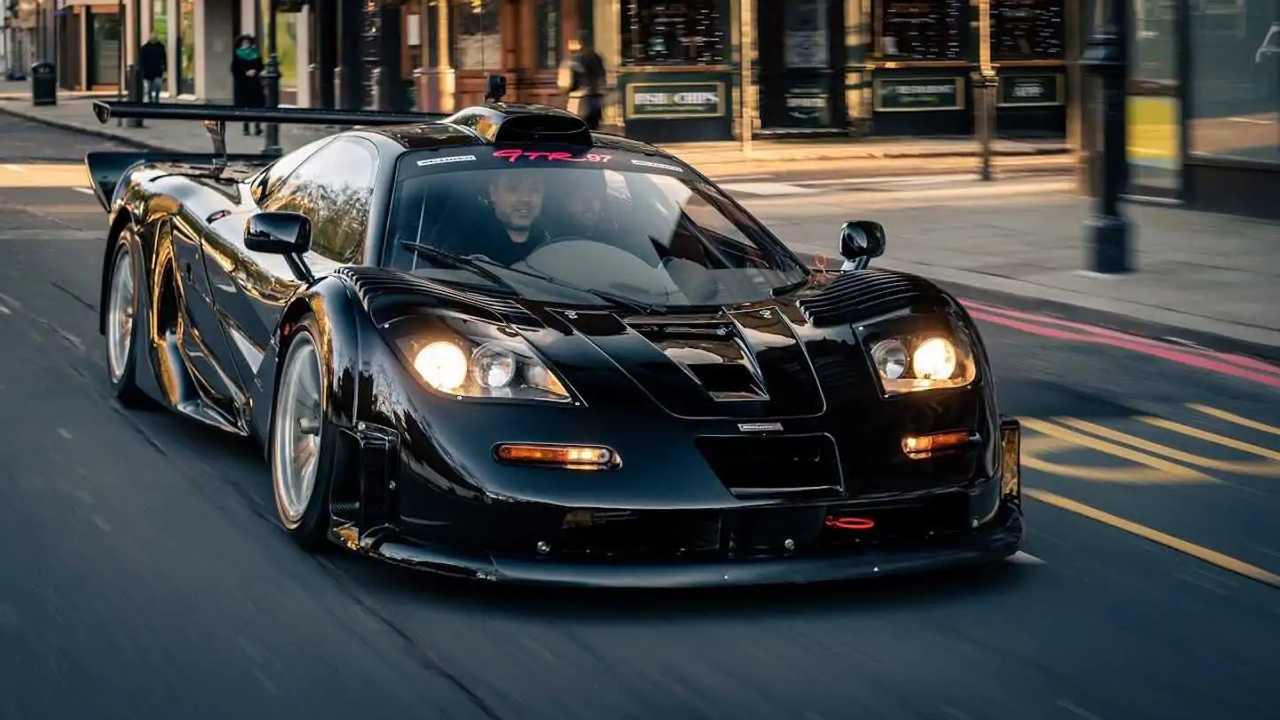
The reason for its win wasn’t just power—it was smart engineering. The car was built to last, and during the long race, many faster cars broke down while the McLaren kept going strong.
McLaren didn’t stop after that first big win. The F1 GTR was upgraded over the years, making it even better for endurance racing.
In 1997, McLaren released a version called the “Long Tail,” which had better aerodynamics. This version was even faster and had a longer body for improved performance on high-speed tracks.
Even after factory teams stopped racing it, private teams and collectors kept the F1 GTR alive. Some of these cars were still being raced in the early 2000s, showing how durable and beloved they were.
The F1 GTR combined the heart of a road car with the toughness of a race car. It showed that a car designed for luxury could still take on the world’s most demanding races and win.
Also read: 10 American Cars With Engines Known for Unmatched Reliability
5) Ferrari 330 P3/4
The Ferrari 330 P3/4 is often called one of the most beautiful endurance race cars ever created. Its smooth curves, low body, and striking red color gave it an unforgettable presence on the track.
This car was Ferrari’s answer to the powerful Ford GT40. The two cars battled fiercely during the famous endurance races of the 1960s, especially at Le Mans.
In 1967, the P3/4 faced off against the GT40 at the 24 Hours of Le Mans. While it performed well, the Ford managed to win that year, slightly outshining the Ferrari in terms of results.

Still, the P3/4 held its own with amazing speed and style. It showed that Ferrari could build a car that wasn’t just fast, but also stunning to look at from every angle.
Ferrari only made one P3/4 and three P4 versions, making these cars extremely rare and valuable today. Each one was handcrafted with attention to every little detail, inside and out.
The car may have missed a few big victories, but that didn’t stop it from becoming a fan favorite. It raced with heart and left a lasting impression on motorsport history.
Its engine was a powerful V12 that delivered both speed and a beautiful sound. It wasn’t just a car—it was a moving piece of art built for the racetrack.
People still talk about the P3/4 whenever they discuss the golden age of endurance racing. Its rivalry with the Ford GT40 helped make that era unforgettable.
Even though the Ford GT40 had the edge in some races, many still believe the Ferrari was the more elegant machine. It captured the soul of racing in a way that few other cars ever have.
4) Jaguar D-Type
The Jaguar D-Type is a racing legend from the 1950s that looked as fast as it was. It had a long, sleek body and a unique tail fin that made it stand out from every other car on the track.
This car was very different from its predecessor in both looks and design. Jaguar took a bold step by building it with new technology that most race teams hadn’t tried before.
One of the biggest changes was the use of a monocoque chassis. This design made the car lighter and stronger, helping it go faster while still being safe.
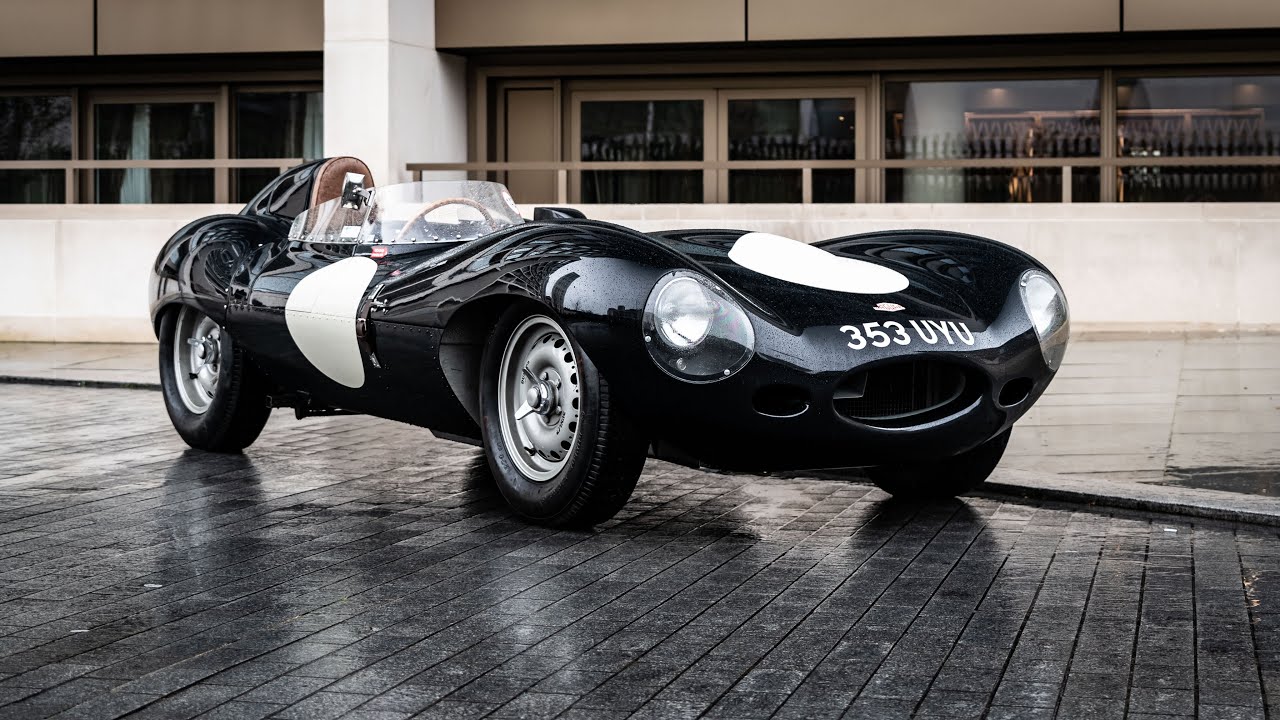
The D-Type also had advanced aerodynamics for its time. Its shape helped it cut through the air more smoothly, giving it an edge over its competition.
All of these new ideas paid off in a big way. The Jaguar D-Type went on to win the 24 Hours of Le Mans three times in a row—in 1955, 1956, and 1957.
Winning three Le Mans races back-to-back was a massive achievement. It proved that taking risks with new designs could lead to major success on the world stage.
Sadly, the D-Type’s time in racing was cut short by changes in the rules. These new rules meant the car could no longer compete, even though it still had plenty of life left in it.
Despite that, the D-Type had already made its mark as one of the greats. Its success and beauty made it one of the most respected endurance cars of its time.
Collectors and car fans still admire the D-Type today for its bold design and rich history. It showed that innovation, when done right, can push racing forward and make history.
3) Audi R18
The Audi R18 is one of the most stylish endurance race cars ever made, especially the original version from 2011. It had smooth lines and a futuristic shape that looked fast even when standing still.
This car had a closed cockpit, which made it look more like a fighter jet than a traditional race car. The sleek roof and side panels gave it a bold and modern feel that grabbed attention on the racetrack.
Audi designed the R18 to be both beautiful and fast. Every part of the car had a purpose, from its low stance to its aerodynamic body.
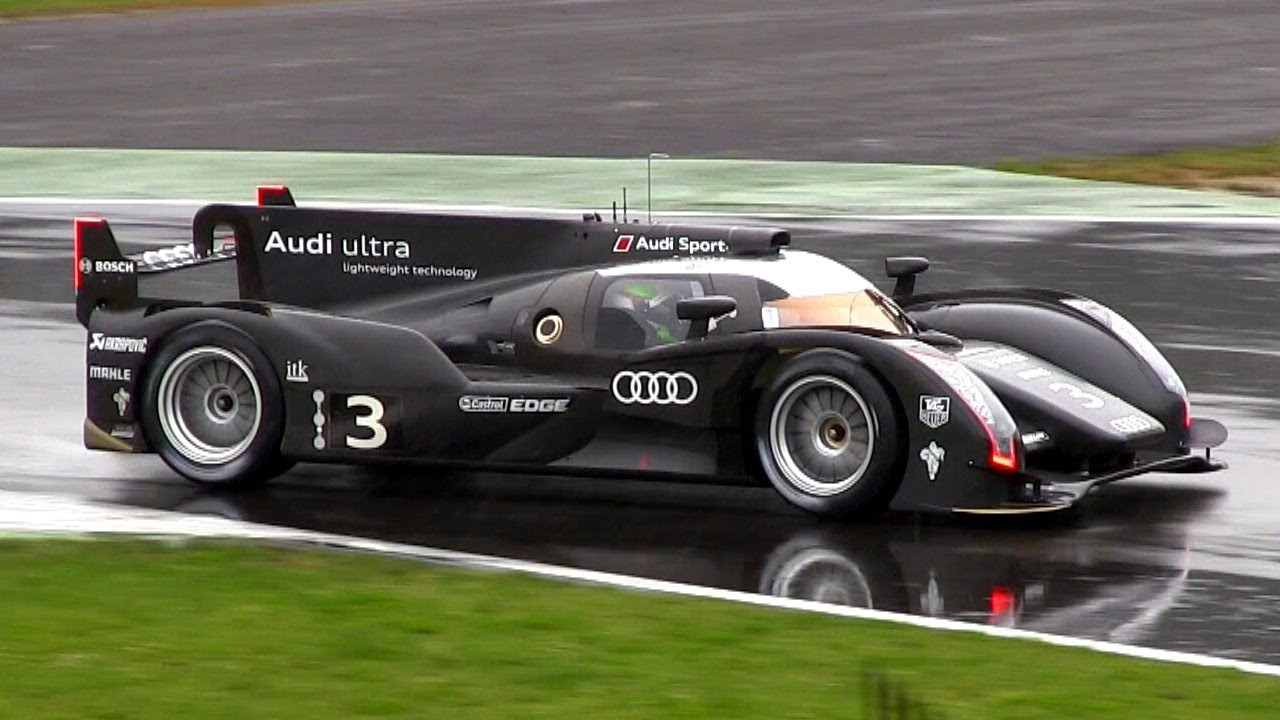
It wasn’t just about looks, though—the R18 proved to be a true performer. In its debut year, it won the 24 Hours of Le Mans, one of the toughest races.
The car was driven by a powerful diesel-hybrid engine, which was both efficient and quick. This setup helped Audi lead the way in combining speed with modern technology.
Along with its win at Le Mans, the R18 scored many podium finishes in other endurance races. It showed that a car could be elegant and also rule the racetrack.
The R18 also represented a shift in race car design. It showed how endurance cars could be both beautiful and high-tech, changing the way people looked at racing machines.
Even though Audi made newer versions of the R18 later, many fans still think the first one was the best looking. Its balance of style and speed made it a fan favorite from the moment it hit the track.
2) Mercedes CLR
The Mercedes CLR was a unique and eye-catching race car that made people look twice. Its design was sleek and smooth, with a shape that gave it a strange but elegant charm on the track.
Though some fans found it odd-looking, others admired its futuristic lines and daring build. It didn’t look like other endurance race cars, and that made it stand out in a crowd.
Mercedes built the CLR specifically to compete at the 1999 24 Hours of Le Mans. It was meant to be fast, stylish, and ready to take on the best.
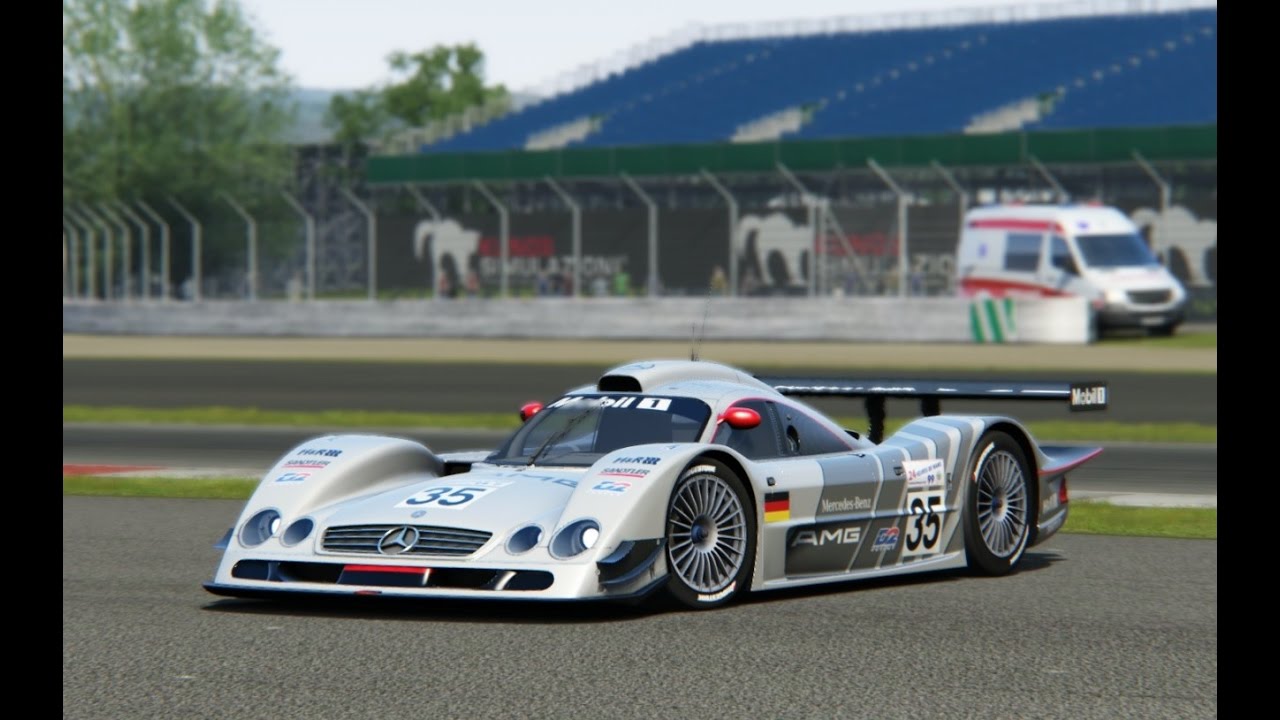
However, its time in racing didn’t go as planned. The CLR had only one real appearance, and that was during the 1999 Le Mans event.
During the practice sessions before the big race, young driver Mark Webber experienced two terrifying crashes. In both cases, the car went airborne, flipping into the air in a shocking display.
These incidents raised serious concerns about the car’s stability at high speeds. The number 4 CLR was pulled from the event to avoid further risks before the race even began.
Sadly, the drama didn’t stop there. During the actual race, another CLR had a similar dangerous crash that also sent it flying off the track.
This led Mercedes to immediately withdraw their final car, ending the CLR’s racing journey on a very serious and unfortunate note. Safety became the top priority after the crashes made headlines around the world.
Despite its short time in racing, the Mercedes CLR left a lasting memory. People still talk about its design and the wild events that ended its career so quickly.
Also read: 10 Sports Cars That Are Surprisingly Practical for Daily Driving Without Sacrificing Performance
1) Aston Martin DBR1-2
The Aston Martin DBR1-2, also called the B09/60, marked a major return for the brand in top-level endurance racing. It was the first time Aston Martin placed its name on a racing prototype since the late 1980s.
This special car was co-developed by Lola and Prodrive, two big names in motorsport. Their teamwork brought the DBR1-2 to life, and it was ready to compete in the challenging LMP1 category.
The car raced between 2009 and 2011, taking on the world’s fastest endurance machines. It wasn’t just about good looks—it had the performance to match its aggressive and sleek design.
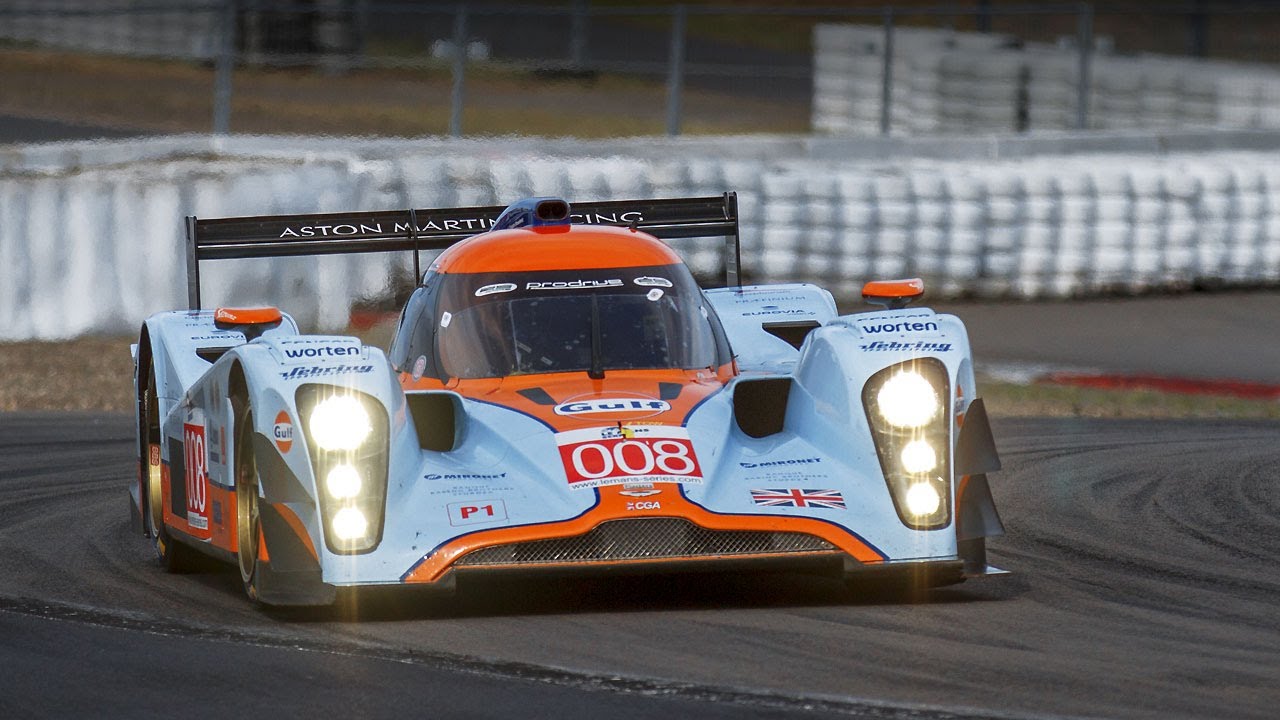
Across those seasons, the DBR1-2 entered 27 races and managed to win nine of them. That’s a strong record for a prototype car returning to the scene after so many years.
Its biggest achievement came in the Le Mans Series, where it won the championship. That victory showed that Aston Martin could still compete with the best in the endurance world.
The DBR1-2 also stood out because of its Gulf livery, with a light blue and orange paint job that caught everyone’s eye. This color scheme has a long history with racing and made the DBR1-2 look even more stunning.
While it didn’t win the 24 Hours of Le Mans, it still earned a place in fans’ hearts. The sound of its V12 engine and the way it handled on the track made it unforgettable.
This car was proof that Aston Martin wasn’t just about luxury street cars. It showed that the company still had the passion and talent to build a top-tier race car.
